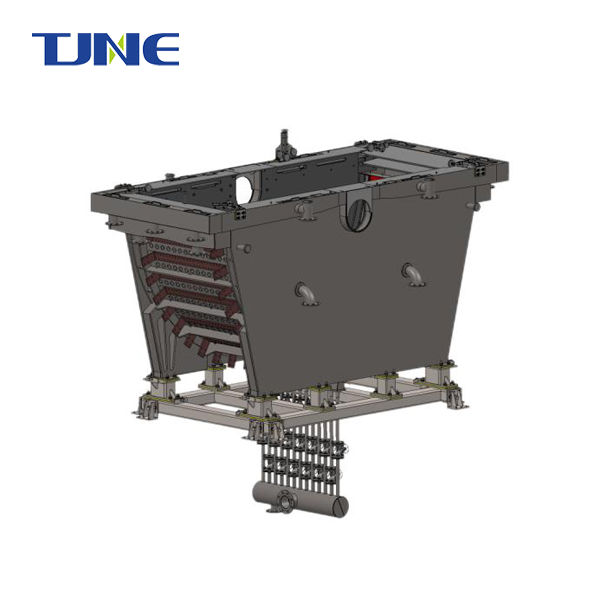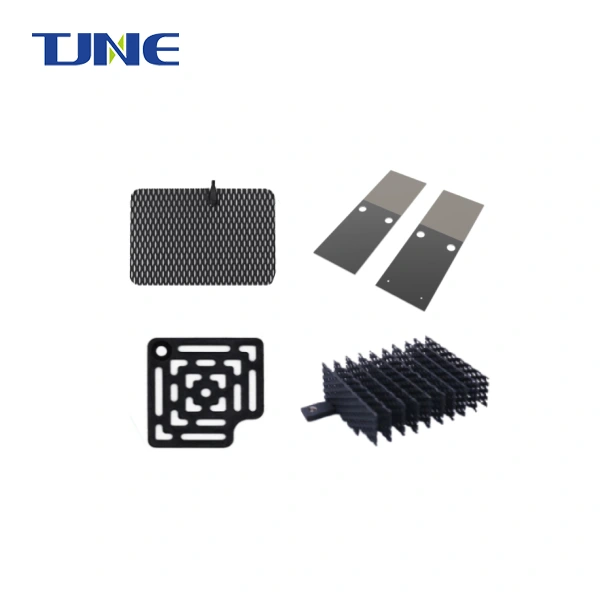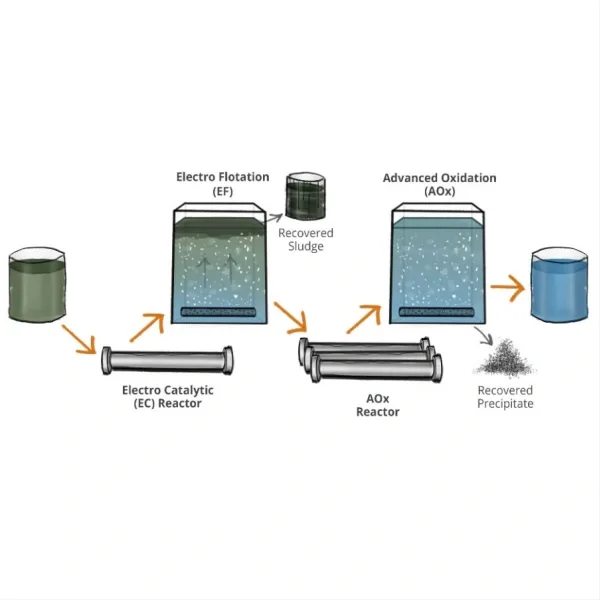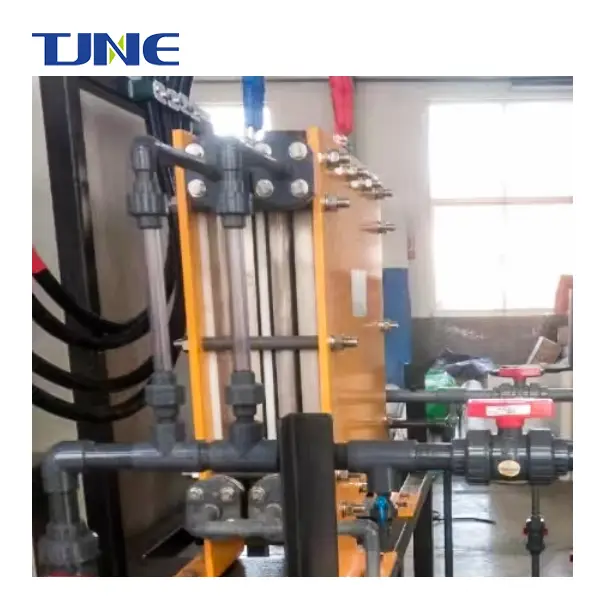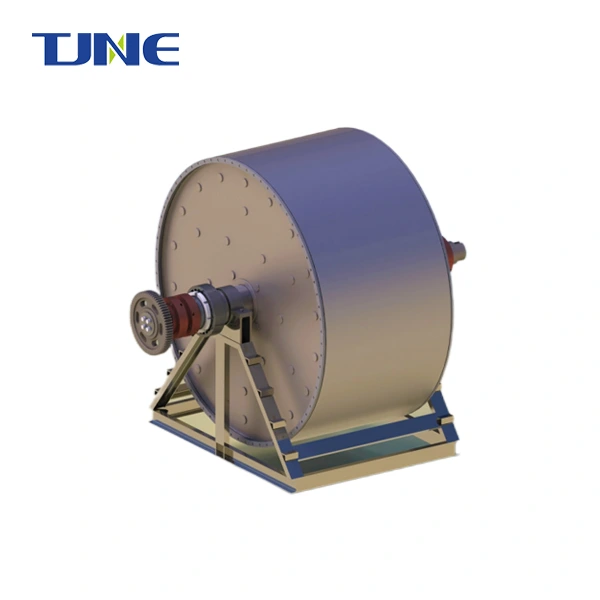- English
- French
- German
- Portuguese
- Spanish
- Russian
- Japanese
- Korean
- Arabic
- Greek
- German
- Turkish
- Italian
- Danish
- Romanian
- Indonesian
- Czech
- Afrikaans
- Swedish
- Polish
- Basque
- Catalan
- Esperanto
- Hindi
- Lao
- Albanian
- Amharic
- Armenian
- Azerbaijani
- Belarusian
- Bengali
- Bosnian
- Bulgarian
- Cebuano
- Chichewa
- Corsican
- Croatian
- Dutch
- Estonian
- Filipino
- Finnish
- Frisian
- Galician
- Georgian
- Gujarati
- Haitian
- Hausa
- Hawaiian
- Hebrew
- Hmong
- Hungarian
- Icelandic
- Igbo
- Javanese
- Kannada
- Kazakh
- Khmer
- Kurdish
- Kyrgyz
- Latin
- Latvian
- Lithuanian
- Luxembou..
- Macedonian
- Malagasy
- Malay
- Malayalam
- Maltese
- Maori
- Marathi
- Mongolian
- Burmese
- Nepali
- Norwegian
- Pashto
- Persian
- Punjabi
- Serbian
- Sesotho
- Sinhala
- Slovak
- Slovenian
- Somali
- Samoan
- Scots Gaelic
- Shona
- Sindhi
- Sundanese
- Swahili
- Tajik
- Tamil
- Telugu
- Thai
- Ukrainian
- Urdu
- Uzbek
- Vietnamese
- Welsh
- Xhosa
- Yiddish
- Yoruba
- Zulu
Titanium anodes play a crucial role in the electrolysis of brine, a process widely used in the chlor-alkali industry for producing chlorine, sodium hydroxide, and hydrogen. The choice of titanium as an anode material is not arbitrary but based on its unique properties that make it particularly suitable for this application. Titanium's excellent corrosion resistance, conductivity, and durability in harsh chemical environments make it an ideal candidate for anodes in brine electrolysis. This blog post will explore the reasons behind titanium's popularity as an anode material and delve into some related aspects of this technology.
What are the advantages of using iridium-tantalum-coated titanium anodes?
Iridium-tantalum-coated titanium anodes, also known as dimensionally stable anodes (DSA), have revolutionized the chlor-alkali industry since their introduction in the 1960s. These anodes offer several significant advantages over traditional materials, making them the preferred choice for brine electrolysis.
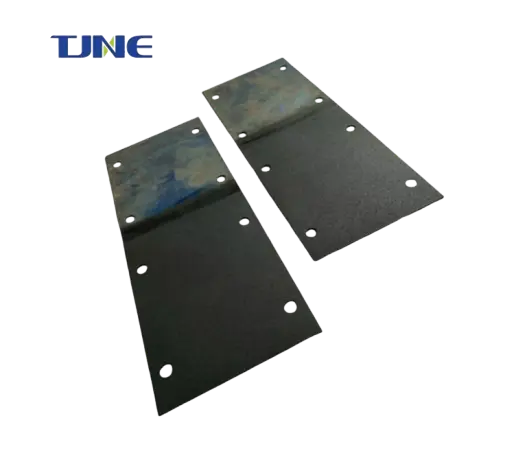
Firstly, the iridium-tantalum coating dramatically enhances the anode's catalytic activity. Iridium is a highly effective catalyst for the chlorine evolution reaction, which is the primary anodic reaction in brine electrolysis. The addition of tantalum improves the stability and longevity of the coating. This enhanced catalytic activity leads to lower overpotentials, meaning less energy is required to drive the electrolysis reaction. In an industry where energy costs are a significant factor, this improvement in energy efficiency can result in substantial cost savings.
Secondly, these coated anodes exhibit exceptional durability and longevity. The titanium substrate provides excellent mechanical strength and corrosion resistance, while the iridium-tantalum coating protects the titanium from passivation (the formation of an insulating oxide layer) and dissolution. This combination results in anodes that can operate for years without significant degradation, reducing maintenance costs and downtime.
Moreover, iridium-tantalum-coated titanium anodes maintain a stable electrode potential over their lifetime. This stability is crucial for consistent product quality and process control. Unlike graphite anodes, which were commonly used before the advent of DSA, these coated anodes do not erode or change shape during operation. This dimensional stability ensures uniform current distribution across the electrode surface, leading to more efficient and predictable electrolysis.
The selectivity of these anodes is another significant advantage. They promote the formation of desired products (chlorine in this case) while minimizing side reactions that could lead to unwanted by-products. This selectivity not only improves the purity of the chlorine produced but also contributes to the overall efficiency of the process.
Lastly, iridium-tantalum-coated titanium anodes are environmentally friendlier compared to older anode materials. They do not contain toxic substances like lead or mercury, which were used in some earlier electrode designs. Additionally, their long lifespan and high efficiency contribute to reduced waste and lower energy consumption, aligning with modern environmental sustainability goals.
How does the coating process for titanium anodes work?
The coating process for titanium anodes is a sophisticated procedure that involves several steps to ensure the production of high-quality, durable electrodes. Understanding this process is crucial for appreciating the performance characteristics of these anodes in brine electrolysis.
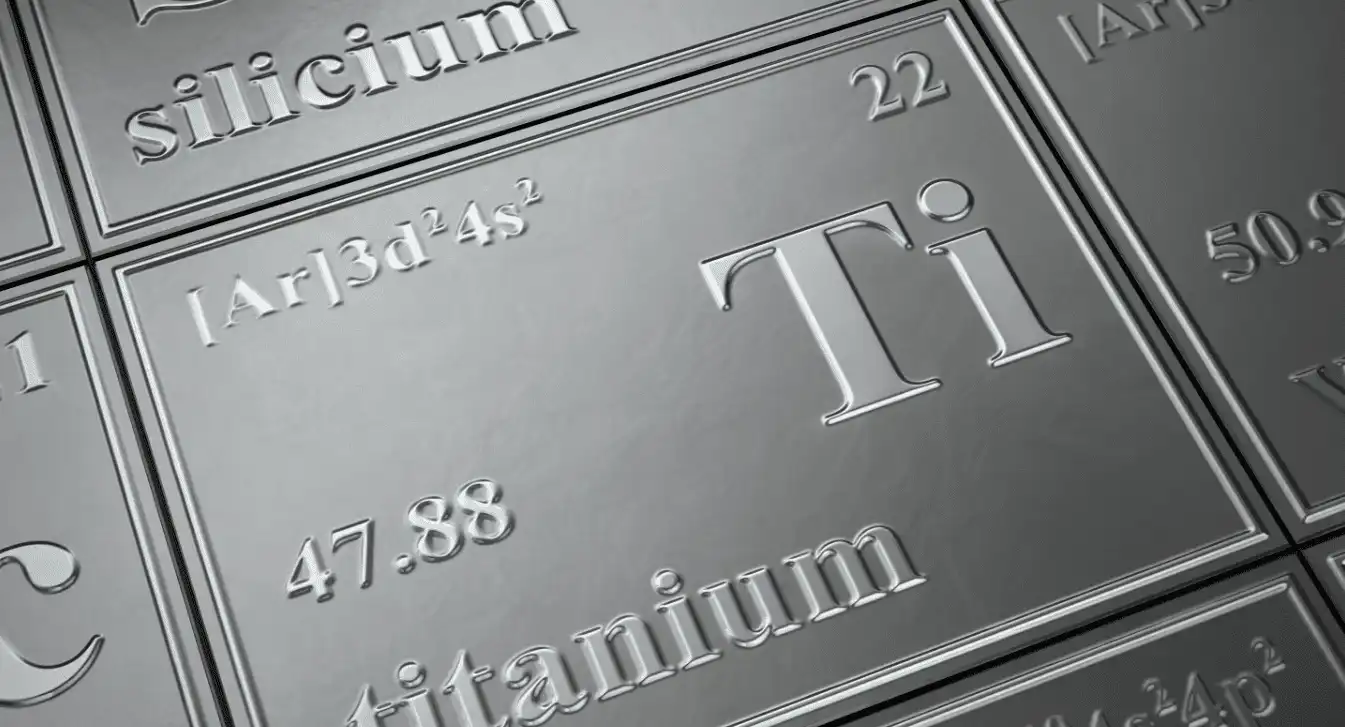
The first step in the coating process is the preparation of the titanium substrate. The titanium surface must be thoroughly cleaned and roughened to promote better adhesion of the coating. This is typically achieved through a combination of chemical etching and mechanical abrasion. The roughened surface increases the effective surface area of the anode, which can enhance its catalytic activity.
Next, the precursor solution containing iridium and tantalum compounds is prepared. This solution usually consists of chloride salts of these metals dissolved in an appropriate solvent. The exact composition of this solution is carefully controlled to achieve the desired ratio of iridium to tantalum in the final coating.
The coating is then applied to the titanium substrate using various methods, with thermal decomposition being one of the most common. In this method, the precursor solution is applied to the titanium surface, and the anode is then heated to high temperatures (typically 400-500°C) in an oxidizing atmosphere. This process causes the metal salts to decompose, forming a layer of mixed metal oxides firmly adhered to the titanium surface.
Multiple layers are usually applied to achieve the desired coating thickness and composition. Each layer is thermally treated before the next is applied. This layering process allows for fine control over the coating properties and can be used to create gradient compositions or specialized structures within the coating.
After the final layer is applied and thermally treated, the anode undergoes a series of quality control checks. These may include visual inspections, electrochemical testing to verify catalytic activity and stability, and physical tests to ensure proper adhesion of the coating.
It's worth noting that the exact details of the coating process, including the precise composition of the precursor solution and the thermal treatment conditions, are often closely guarded trade secrets. Different manufacturers may have their own proprietary methods for producing these anodes, each claiming advantages in terms of performance, durability, or cost-effectiveness.
Recent advancements in coating technology have led to the development of more sophisticated coating structures. For example, some manufacturers now produce anodes with multi-layer coatings, where each layer is optimized for a specific function. The base layer might be designed for maximum adhesion to the titanium substrate, while the top layer is optimized for catalytic activity.
Another area of ongoing research is the incorporation of additional elements into the coating to further enhance performance. Elements such as ruthenium, tin, or antimony may be added in small quantities to modify the coating's properties, such as improving its stability or altering its selectivity for certain reactions.
What factors affect the lifespan of titanium anodes in brine electrolysis?
The lifespan of titanium anodes in brine electrolysis is a critical factor in the operational efficiency and cost-effectiveness of chlor-alkali plants. Several factors can influence the longevity of these anodes, and understanding these factors is crucial for optimizing their performance and maximizing their service life.
One of the primary factors affecting anode lifespan is the quality of the coating. A well-applied, uniform coating of appropriate thickness is essential for long-term stability. Defects in the coating, such as pinholes or cracks, can lead to accelerated degradation of the anode. These defects can expose the underlying titanium substrate to the electrolyte, potentially leading to passivation or corrosion of the titanium.
The operating conditions of the electrolysis cell also play a significant role in anode lifespan. Current density is a crucial parameter; operating at excessively high current densities can accelerate coating wear and reduce anode life. Temperature is another important factor. While higher temperatures can improve the kinetics of the desired reactions, they can also accelerate side reactions and coating degradation. Therefore, maintaining optimal temperature control is essential for extending anode life.
The composition of the brine electrolyte is another critical factor. Impurities in the brine can have a detrimental effect on anode performance and lifespan. For example, calcium and magnesium ions can form scale deposits on the anode surface, reducing its active area and increasing the local current density. This can lead to hotspots and accelerated coating wear. Similarly, heavy metal impurities can potentially contaminate the coating, altering its catalytic properties.
Mechanical stress is another consideration. Gas evolution during electrolysis can cause vibration and mechanical wear on the anode surface. Proper anode design and cell configuration can help mitigate these effects. Additionally, periodic polarity reversal, where the anode temporarily functions as a cathode, can help remove scale deposits and extend anode life, although this practice must be carefully managed to avoid damaging the coating.
The maintenance practices employed also significantly impact anode lifespan. Regular inspection and timely replacement of damaged anodes can prevent cascading failures. Some operators employ techniques such as periodic acid washing to remove scale and rejuvenate the anode surface.
It's worth noting that the end of an anode's life is not always due to complete failure of the coating. More often, anodes are replaced when their performance degrades to a point where it's no longer economically viable to continue using them. This point is typically determined by factors such as increased power consumption, reduced current efficiency, or changes in product quality.
Research into improving anode lifespan is ongoing. Some recent developments include the use of advanced coating compositions that offer improved stability and the development of self-healing coatings that can repair minor damage during operation. Additionally, improvements in process control and monitoring technologies allow for more precise management of operating conditions, potentially extending anode life.
In conclusion, titanium anodes, particularly those coated with iridium and tantalum, have become indispensable in the electrolysis of brine due to their superior performance, longevity, and environmental friendliness. The advantages of these anodes, including their excellent catalytic activity, dimensional stability, and durability, make them the preferred choice in modern chlor-alkali plants. The sophisticated coating process ensures the production of high-quality anodes, while ongoing research continues to improve their performance and lifespan. Understanding and managing the factors that affect anode lifespan is crucial for optimizing the efficiency and cost-effectiveness of brine electrolysis operations. As technology advances, we can expect further improvements in titanium anode technology, potentially leading to even more efficient and sustainable chlor-alkali production processes.
If you are interested in the products of Xi'an Taijin New Energy & Materials Sci-Tech Co., Ltd., please contact yangbo@tjanode.com.
References:
1. Trasatti, S. (2000). Electrocatalysis: understanding the success of DSA®. Electrochimica Acta, 45(15-16), 2377-2385.
2. Karlsson, R. K., & Cornell, A. (2016). Selectivity between oxygen and chlorine evolution in the chlor-alkali and chlorate processes. Chemical Reviews, 116(5), 2982-3028.
3. Comninellis, C., & Chen, G. (Eds.). (2010). Electrochemistry for the Environment. Springer Science & Business Media.
4. Moussallem, I., Jörissen, J., Kunz, U., Pinnow, S., & Turek, T. (2008). Chlor-alkali electrolysis with oxygen depolarized cathodes: history, present status and future prospects. Journal of Applied Electrochemistry, 38(9), 1177-1194.
5. Martelli, G. N., Ornelas, R., & Faita, G. (1994). Deactivation mechanisms of oxygen evolving anodes at high current densities. Electrochimica Acta, 39(11-12), 1551-1558.
6. Kronberger, H., & Claußnitzer, W. (2015). Chlor-Alkali Technologies: Fundamentals and Applications. John Wiley & Sons.
7. Kraft, A. (2007). Doped diamond: a compact review on a new, versatile electrode material. Int. J. Electrochem. Sci, 2(5), 355-385.
8. Hayfield, P. C. S. (2002). Development of a New Material: Monolithic Ti4O7 Ebonex Ceramic. Royal Society of Chemistry.
9. Bockris, J. O., & Reddy, A. K. (2000). Modern electrochemistry 2B: electrodics in chemistry, engineering, biology and environmental science (Vol. 2). Springer Science & Business Media.
10. Tilak, B. V., Rader, C. P., & Rangarajan, S. K. (1977). Electrocatalysis of the hydrogen evolution reaction on noble metal electrodes in alkaline solutions. Journal of Electroanalytical Chemistry and Interfacial Electrochemistry, 81(2), 293-300.
Related Industry Knowledge
- What is a Titanium Electrode Used For in Saltwater Electrolysis?
- Advantages of Using Titanium Electrodes for Saltwater Electrolysis
- Are Titanium Electrodes Resistant to Corrosion in Saltwater Electrolysis?
- How to Maintain Titanium Electrodes for Optimal Performance in Saltwater Electrolysis?
- Can Titanium Anodes Be Used with Saltwater Pools?
- How do Titanium Electrodes Work in Salt Chlorination?
- How Do Titanium Electrodes Enhance Salt Chlorination in Pool Disinfection Systems?
- What is the Application of Titanium Electrodes in Saltwater Systems?
- Can Titanium Electrodes Be Used with Saltwater Chlorinators?






